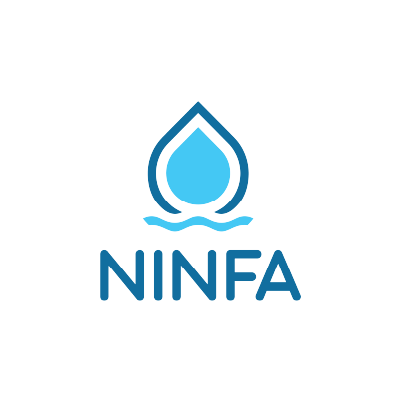ZeroPollution4WaterCluster
Origin
The ZeroPollution4Water Cluster is an initiative originated from the coalition of seven different projects funded from two Horizon Europe 2022 calls aiming at:
- Preventing groundwater contamination and protecting its quality against harmful impacts of global and climate change.
- Securing drinking water quality by protecting water sources against pollution, providing innovative monitoring and treatment solutions, and ensuring safe distribution.
Focused on the European Union’s Zero Pollution ambition and the European Green Deal, the cluster aims to improve water quality, safeguard drinking water sources, and protect groundwater against the harmful impacts of global and climate change.
By leveraging the collaboration and synergies between the collaborative projects funded through Horizon Europe, the cluster aims to develop advanced preventive and mitigating strategies, effective risk assessment and management systems, and innovative monitoring and treatment solutions for drinking water and groundwater.
Aim
Objectives

Capitalisation of R&I achievements and
future needs assessment

Production of common policy briefs or policy recommendations

Demonstration of effective water
management practices via case studies
Diffuse pollution is still a significant pressure that affects 35% of the area of groundwater bodies, while quality standards (pesticides, herbicides, etc.) were exceeded in 15% of the groundwater bodies studied. Climate change and increasing water demand will exert significant pressures on groundwater quality.
Furthermore, detrimental effects of natural/human-made disasters and increasing water temperatures due to climate change could deteriorate the quality of drinking water sources by favouring the conditions for enhanced eutrophication leading to algal and cyanobacterial outbreaks as well as pathogen development or the spread of iinvasive species. Emerging concerns are also rising at the level of drinking water treatment and distribution, notably in relation to disinfection operations, materials and products, ageing infrastructure, biofilm growth and possible harmful effects of unintentionally formed by-products and metabolites.
Projects

31 Case studies
 |
13 drinking water |
 |
18 groundwater |







